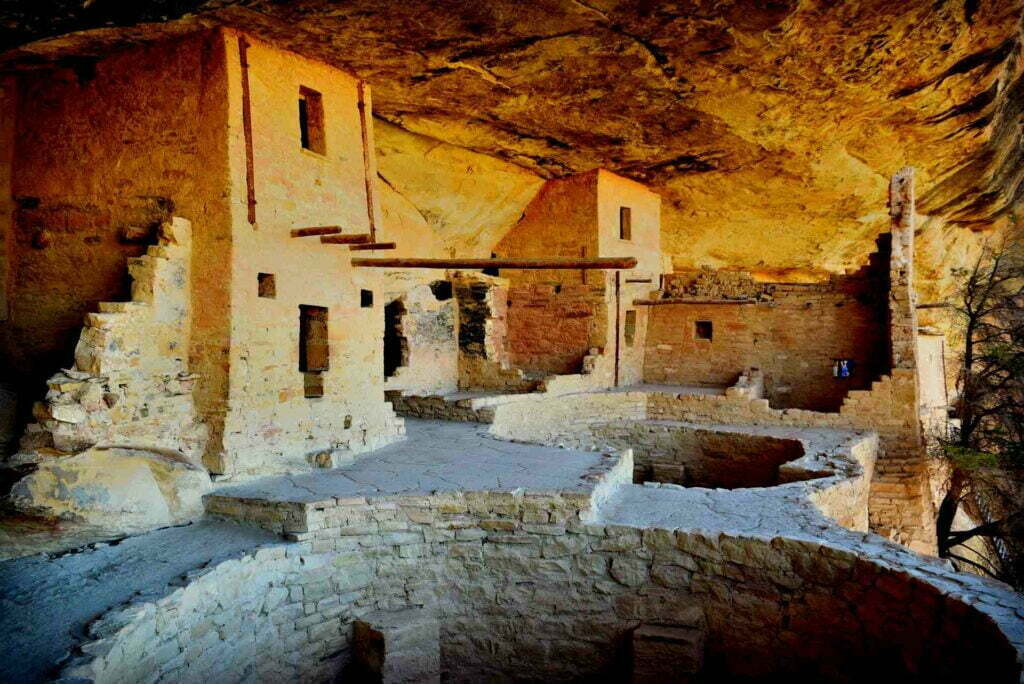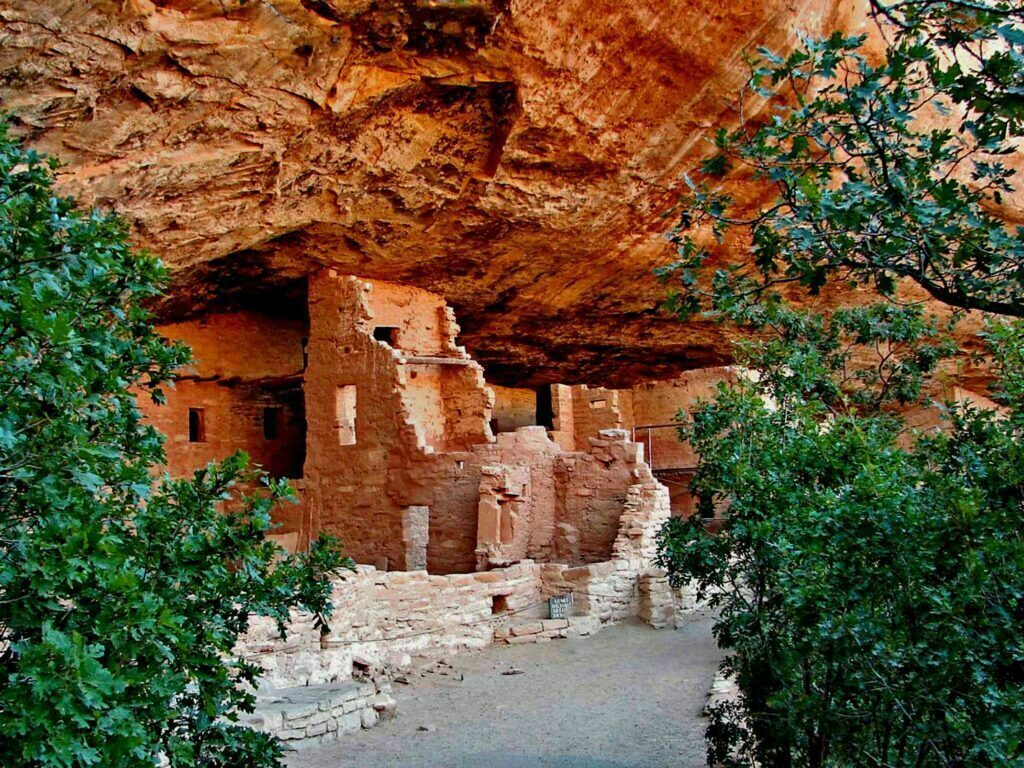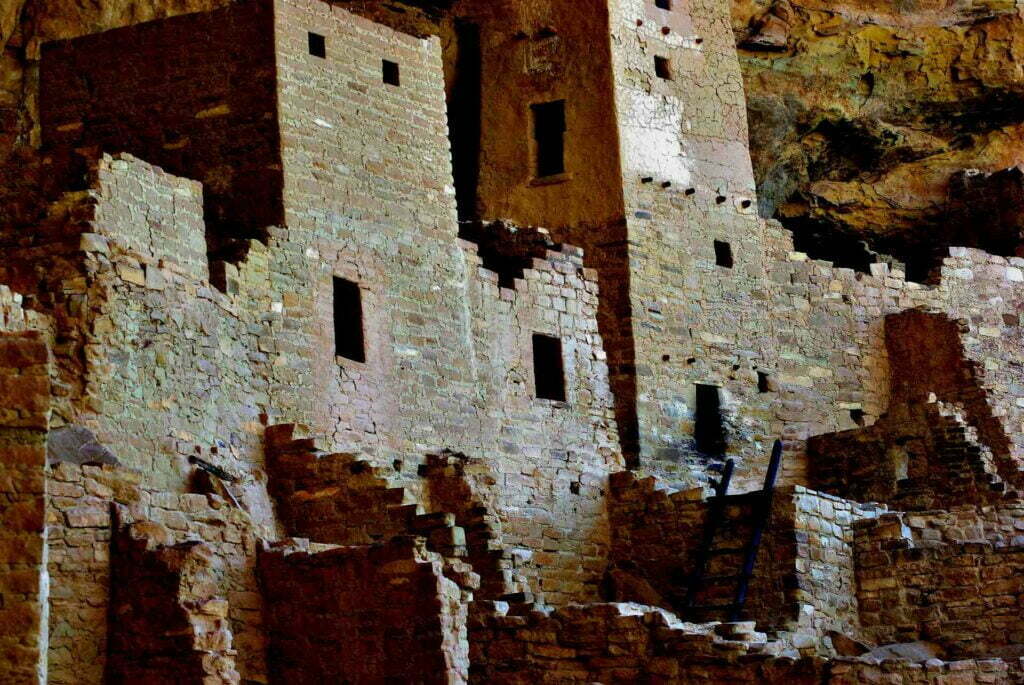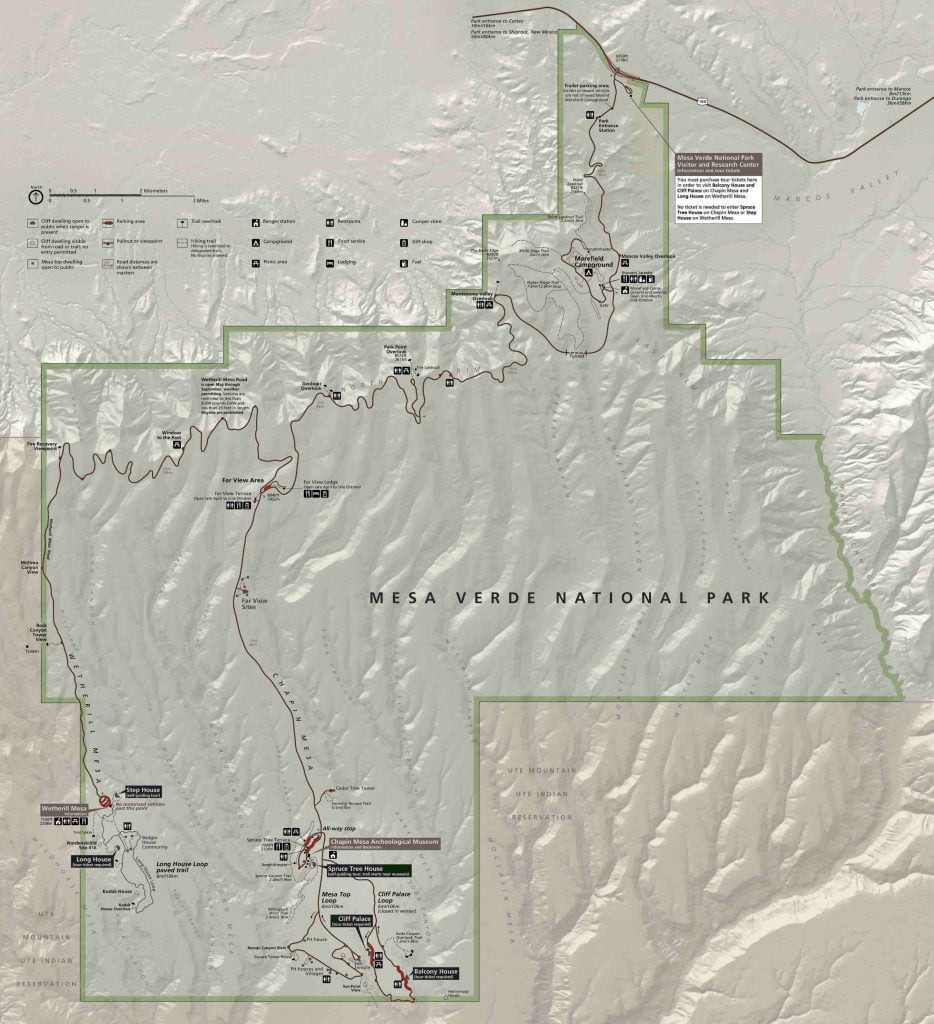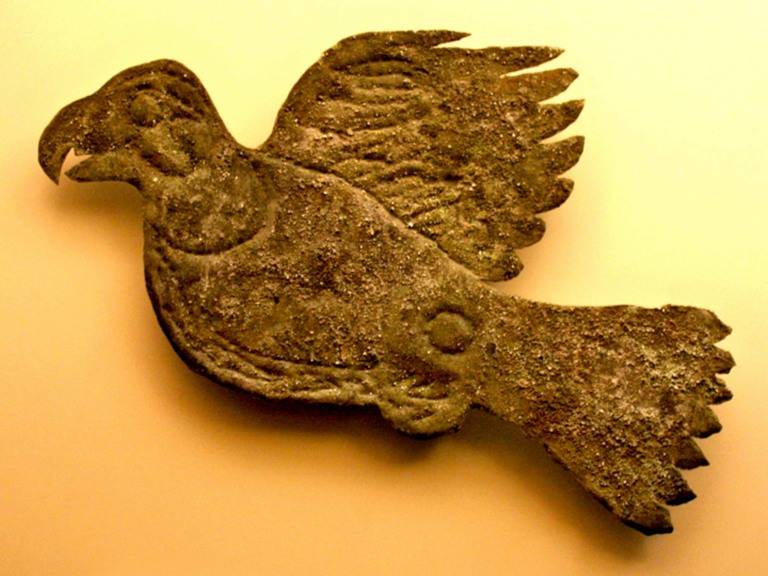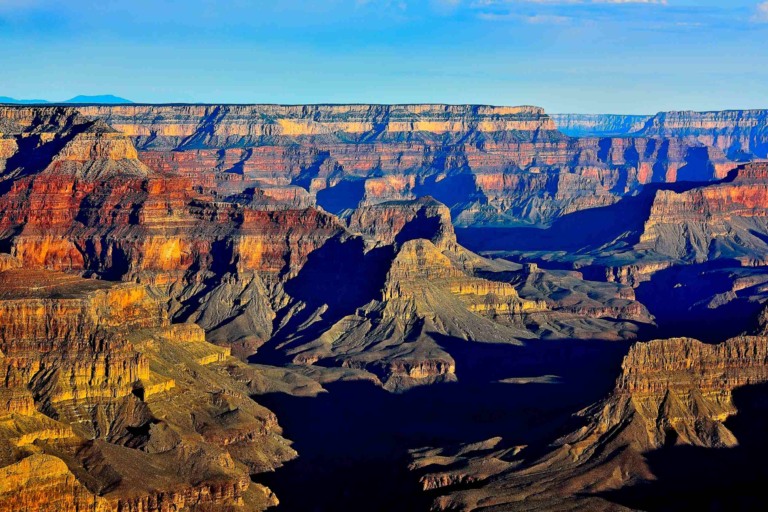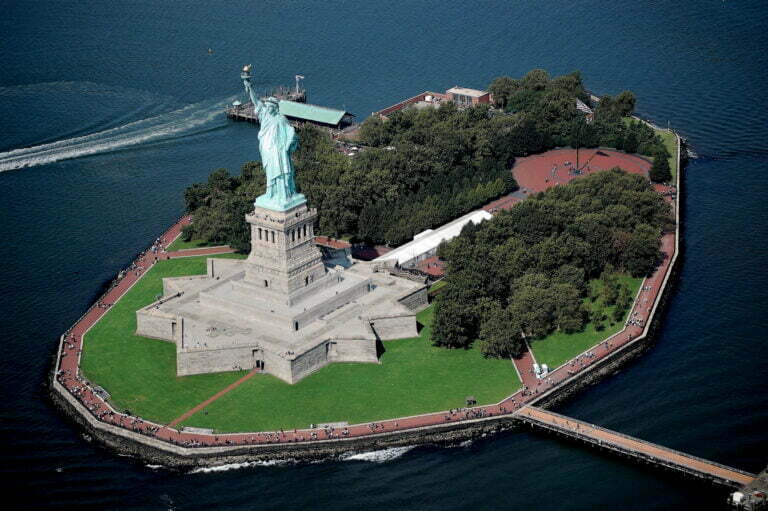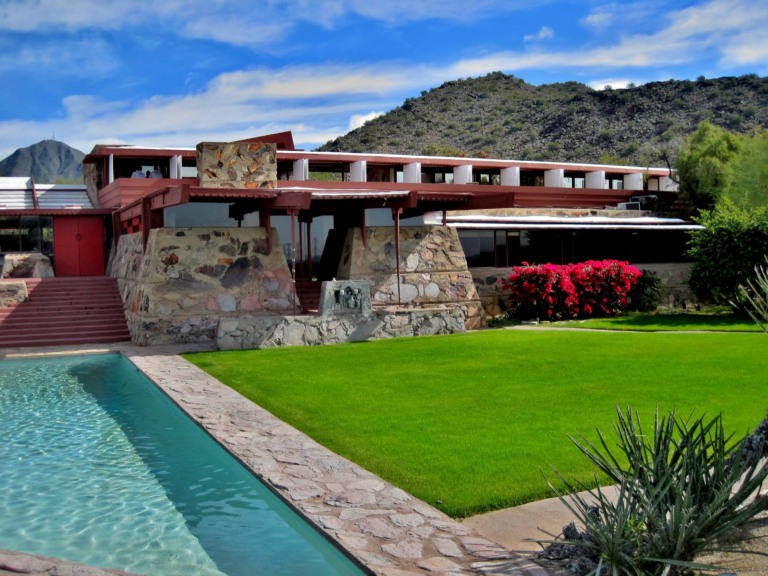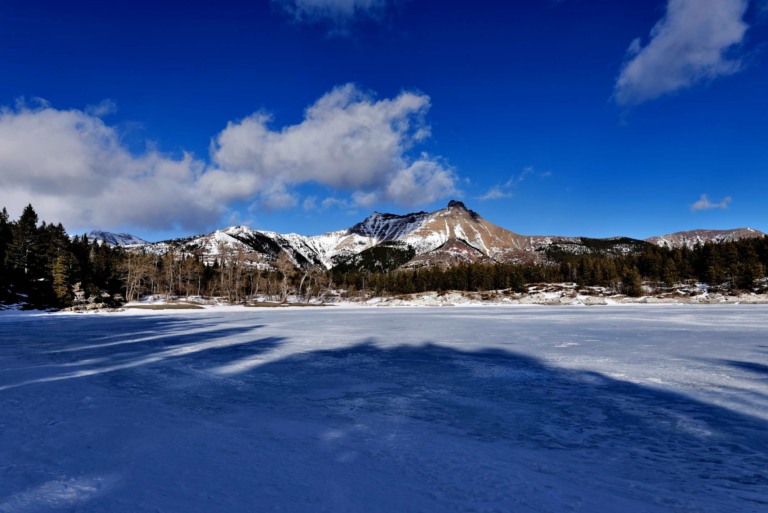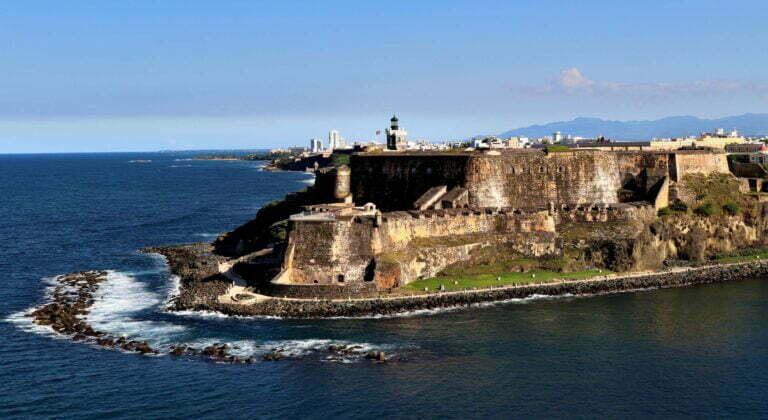Mesa Verde National Park was founded on June 29, 1906, by President Theodore Roosevelt to “preserve the works of man,” making it the first national park of its type.
The park’s research and resource management team are now focused on ensuring the long-term preservation of both cultural and ecological resources.
Where is mesa verde
The Mesa Verde Region is a section of the Colorado Plateau in the United States, spanning New Mexico, Colorado, and Utah. The Mesa Verde National Park is divided into different areas. The Chaplin Mesa area is the most accessible and contains the most archaeological sites.
Wetherill Mesa is calmer — and only open from May to October due to snow blocking the short curving access road. Wetherill Mesa’s cliff dwellings and trails can be reached by walking or cycling a five-mile roundtrip, but not by car. With limited time, I concentrated my efforts on Chaplin Mesa.
The Mesa Top Loop road is a six-mile drive through Chaplin Mesa’s earliest Puebloan sites. The 12 locations and lookouts along the road begin with the most basic pit-houses and progress to more complex mud-brick adobe structures. The cliff dwellings, which date back to roughly 1100 AD, are the most magnificent.
Mesa verde history
The greatest mystery regarding Mesa Verde is what happened to them, and we’ll never know because there are no written records from that time period.
However, it’s considered that a combination of drought, deforestation, and overhunting, combined with an exploding population, led them to relocate south in search of food.
On the Mesa Verde plateau in south-west Colorado, at an elevation of more than 2,600 meters, there is a large concentration of ancestral Pueblo Indian homes dating from the 6th to the 12th centuries.
Villages erected on the Mesa top are among the 4,400 sites documented. There are also spectacular cliff homes with more than 100 rooms made of stone.
Mesa Verde National Park is a national park in southwestern Colorado, United States, that was established in 1906 to protect significant prehistoric cliff dwellings. It was named a World Heritage site in 1978.
Mesa Verde covers an area of 81 square miles (210 square kilometers) and comprises hundreds of Pueblo (Indian village) ruins dating back to the 13th century.
Multistory residences situated beneath overhanging cliffs are the most stunning. Aside from the ruins, the park features some beautiful and rocky scenery.
Mesa Park lies on a huge sandstone plateau that rises over 8,500 feet (2,600 metres) above sea level and gently dips to the south.
Stream erosion carved deep gorges through the plateau over the last two million years, leaving narrow swaths of high tableland, or mesa, between the canyons.
In the sandstone of these canyon walls, water erosion created recesses and alcoves of varied sizes (where the cliff dwellings are located).
There are windblown layers of fertile reddish soil on the tops of these mesas (loess). The climate is semiarid and has altered little over the last 600 years, according to tree ring analysis.
The plant life in the area has adapted to the semiarid climate: the dominant vegetation atop the mesas is pion-juniper forest, while sagebrush dominates the canyon floors.
Elk are the most prevalent large creatures in the park, although there are also a few bears, and mountain lions, as well as a variety of smaller species. Birds, as well as snakes and lizards, abound.
The basketmaker peoples, forerunners of the region’s later Ancestral Pueblo (Anasazi) peoples, arrived in Mesa Verde around 550 CE.
On the mesa tops, at an elevation of 7,000 feet (2,000 meters), they created pottery and built clusters of semi-subterranean pit homes, where they also grew corn (maize), beans, and squash. For their crops, there was generally enough rain, and springs and seeps provided drinking water.
Surface homes, consisting of houses with vertical walls and flat roofs, began to be constructed around 750 CE; archaeologists refer to this time as the Pueblo-1st period.
Sandstone became more frequent in house construction, and one or more subterranean pit rooms (kivas) were built in front of these row dwellings, most likely for ceremonial purposes. Houses with multiple stories and spherical towers began to be constructed as well.
Mesa verde cliff dwellings
Between 1150 and 1200, the Ancestral Pueblo peoples moved their living places from the mesa tops to alcoves in the canyon walls, where they began to build cliff homes with rooms measuring 6 by 8 feet (1.8 by 2.4 meters) in size, using sandstone and older construction methods.
Dry-farming techniques were utilized to continue cultivating crops on the mesa tops. Because of the warming influence of winter sunlight, alcoves beneath the canyon rims that face south-southwest were favored for cliff houses.
Cliff Palace, the park’s largest cliff home, can accommodate up to 250 guests in its 217 rooms and 23 kivas. Long House, the second-largest cliff residence, comprises 150 rooms and 21 kivas, with a total population of 150 people.
However, the majority of the park’s 600 cliff homes contain only one to five rooms each. Mesa Verde’s population possibly peaked at around 5,000 people.
Mesa verde camping
Following the Great Drought (1276–99), most people had departed Mesa Verde by 1300, traveling south into what is now New Mexico and Arizona, according to archaeological evidence. These individuals were among the forefathers of today’s Pueblo Indians.
Visitors are welcome to explore several of the cliff homes, including Cliff Palace; camping is accessible, and in the summer, lodging is available in the park.
Mesa verde tours
Mesa Verde National Park Map to assist in your exploration and planning of your visit. Cliff dwelling tours range from self-guided walking excursions to ranger-led tours.
A variety of attractions, including Cliff Palace, are included in half-day guided bus tours that are comprehensive and educational.
Visit the official National Park Service website of the United States government to discover more about these intriguing cliff dwellings at Mesa Verde National Park.
The following are five of the most spectacular cliff dwelling sites:
- Balcony House
- Cliff Palace
- Long House
- Spruce Tree House
- Step House
Hours of Operation: Mesa park is always open, except under emergency conditions. Sites, picnic areas, and most trails are open 8 am–sunset.
Visitor & Research Center: Visitor Center and Bookstore open 9 am-3 pm daily (October 24-December 31)
Park rangers, information, Jr. Ranger books and badges, and park passport stamps
Parking lot, restrooms, and Virtual Ranger Station Information open 8:30-4:30 daily (October 24-December 31)
Chapin Mesa Archeological Museum: Closed for renovations.
Wetherill Mesa – Closed for the season: Between spring and fall, Wetherill Mesa offers a number of opportunities for self-guided exploration, as well as ranger-guided cliff dwelling tours.
The 5-mile, paved Long House Loop and other trails are open for hiking and bicycles. Long House, Kodak House, and Nordenskiold #16 cliff dwellings can be viewed from overlooks.
Wetherill Mesa Road: Open 8 am–6 pm, last entry 4:30 pm daily (September 7–October 31)
Wetherill Mesa Information Kiosk: Closed for the season.
Step House: Closed for the season.
No bicycles or vehicles over 25 feet (8 m) or over 8,000 pounds (3,628 kg) GVW are allowed on the narrow, winding 12 mile (19 km) road to Wetherill Mesa. No food available at the Wetherill Kiosk this year.
Cliff Dwelling Tours: Closed for the Season
Most cliff dwellings can only be visited on a ticketed tour with a ranger. Tours are offered between May 2 and October 23. Tickets are required and are available online 14 days in advance of tour. Read more about Cliff Dwelling Tours and buy tickets on Recreation.gov
